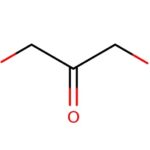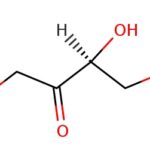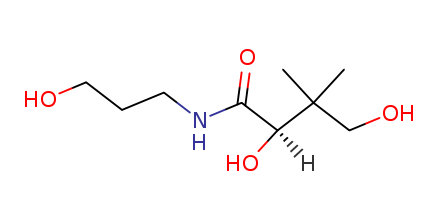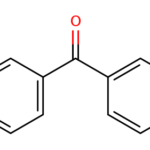To prevent skin sunburn, tanning, and aging, regardless of the season, we should all maintain good sunscreen habits. However, the vast array of sunscreen products on the market can often be overwhelming, making it difficult to choose the right one. In addition to selecting a sunscreen product with at least SPF (Sun Protection Factor) 30, consumers should also pay attention to whether the sunscreen ingredients are categorized as physical, chemical, or hybrid sunscreens. This will help them choose the right sunscreen product for their needs.
So, what are the differences between physical, chemical, and hybrid sunscreens? Many people are concerned about the potential harm to the body and environmental pollution from applying chemical sunscreens, especially those containing ingredients like “undecylenoyl phenylalanine.” Let me now break down for you the ingredients, side effects, and relevant usage recommendations related to chemical sunscreens.

Physical Sunscreen vs. Chemical Sunscreen
1. Physical Sunscreen
Physical sunscreens mainly use the principles of reflection, scattering or refraction to insulate the skin from ultraviolet (UV) rays such as UVA and UVB. Common ingredients include titanium dioxide (titanium dioxide) and zinc oxide (zinc oxide), while titanium dioxide is effective in blocking UVA2, it is not sufficient for blocking UVA1; Zinc oxide only helps to block UVA1 on the surface of the skin.
What are UVA and UVB?
UVA is a type of long-wave ultraviolet radiation with wavelengths ranging from 320 to 400nm. This type of ultraviolet radiation can penetrate the ozone layer and human skin, causing skin conditions such as aging, darkening or sunburn. UVA can be further subdivided into UVA1 (340~400nm) and UVA2 (320~340nm).
UVB has a wavelength of 280~320, which is a medium-wave ultraviolet ray. Excessive exposure may cause sunburn and increase the risk of skin cancer.
2. Chemical Sunscreens
Compared to physical sunscreens, chemical sunscreens absorb UV rays into the molecules of the chemical ingredients in sunscreens, so that UV rays can be blocked out of the surface of the skin.
Most chemical sunscreens contain ingredients such as cinnamates, avobenzone or benzophenone. Depending on the ingredients, some sunscreens can absorb both UVA and UVB rays, while others can only absorb UVA or UVB rays.
In addition, after applying chemical sunscreens, it is necessary to wait 30 minutes for the epidermis to absorb the chemical ingredients to have a better sunscreen effect. Compared to physical sunscreens, chemical sunscreens usually have a more refreshing and transparent texture, and have a better sunscreen effect, but some of the ingredients are prone to allergies, so those with sensitive skin should reduce the use of these sunscreens.
What are chemical sunscreen ingredients and their side effects?
Because of their light texture and good sun protection effects, many commercially available sunscreen products contain chemical sunscreen ingredients. The following is a list of five common ingredients, with information on their effects and possible side effects:
Benzophenone (Oxybezone, also known as benzophenone 3): can effectively block UVA, currently more than half of the market sunscreen products have this ingredient, but after use may cause skin allergies, may also affect the body’s hormone secretion.
Octocrylen: Absorbs UVB and some UVA rays and may cause skin irritation or allergy.
Octinoxate (Ethylhexyl methoxycinnamate): It is a highly effective ultraviolet UVB absorber, with little irritation to the skin, but it can interfere with the human endocrine system, and has been found to interfere with the normal secretion of oestrogen in animal studies.
Avobezone: Avobezone is a common ingredient in chemical sunscreen products. Because of its unstable effects, Avobezone is often combined with benzophenone to help protect the skin against UVA, but this ingredient may also disrupt endocrine balance.
Octyl methoxycinnamate: Since octyl methoxycinnamate is easily absorbed by the skin, it is also a common chemical ingredient in sunscreens. It is effective in absorbing UVB (wavelengths of 280-320nm), but may cause allergic reactions to the skin.
Avoid these sunscreens before going into the water!
Sunscreens that contain compounds such as cinnamates, benzophenones and 4-methylbenzylidene camphor, even at low doses, may stimulate viruses in coral symbiotic algae, attacking them and indirectly causing coral bleaching or even death.
When the virus from the dead symbiotic algae is released into the seawater, it will lead to an increase in the concentration of virus in the surrounding seawater and increase the infection rate of the symbiotic algae in other corals. Therefore, it is recommended that when purchasing sunscreen products, the public should avoid choosing sunscreen products that contain the above mentioned ingredients in order to prevent the chemical sunscreen substances applied to the body from polluting the ocean and destroying coral reefs after swimming in the water, which will further aggravate the endangered marine ecosystems.











